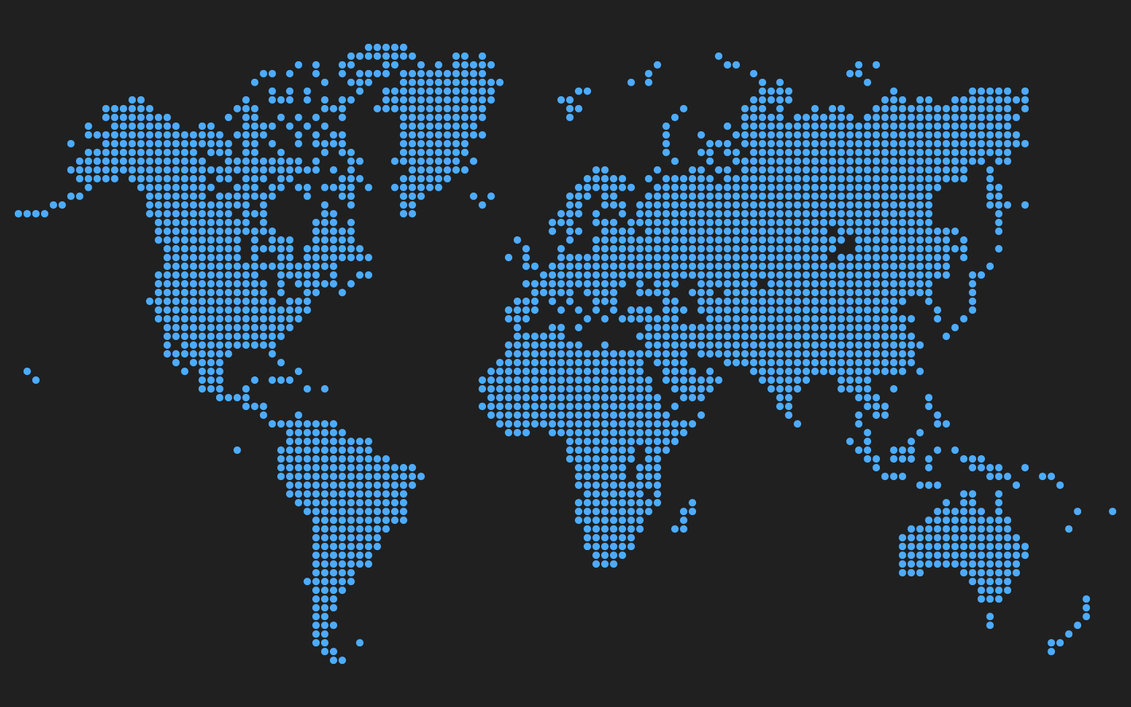
In a previous post I mentioned the idea of the Digital Estate, an idea originally from a colleague referring in a similar way to our physical estate — buildings etc. — to our online presence and world that is usually made up of many different systems and services. Even as an individual we may have a significant number of online spaces and platforms in use on a daily to yearly basis – but as an institution, library or department we may have dozens or even hundreds of online manifestations of our services.
In case by this stage you are wondering what this is about, just from a disambiguation perspective note that I am not talking here about our digital afterlife – about which swathes of information can be found online e.g. from BlakeMorgan.
Recall that floor of the building that is used but has not been decorated in decades, or centuries? Or spaces that were remodelled, remade and decorated a few years ago and look tired now? Well, why on earth might we imagine our digital estate might fare any better?
Is that important? Yes, as increasingly digital first, mobile first, social first, anything online first is the norm, and just might be our first point of contact with users and, is you have them, customers.
While this is hardly news to many, I wonder if planning and implementation of online sites and services is cared-for as much as changes to our physical estate? Architects, QS, Interior designers may have their virtual equivalents, but what about M&E and FF&E specialists?
If we begin not simply to consider web pages, but online services and API’s that provide access to systems as well as users, then some consideration needs to be given to consistency across our digital estate. This is not about similar or alternate or channelised branding as often found in websites, but about considering how the online nations will access our resources – how will they harvest them, how will they be permitted to reuse the content. This has little comparator in the physical world – although we can potentially explore areas such as building, H&S, and fire regulations.
Providing access to our digital estate might just need some more thought. Each project, each website, each database is so often customer built that simple data exchange between systems is an issue – and has been for all our online time.
[dots_world_map by sNowFleikuN @ DeviantArt]
